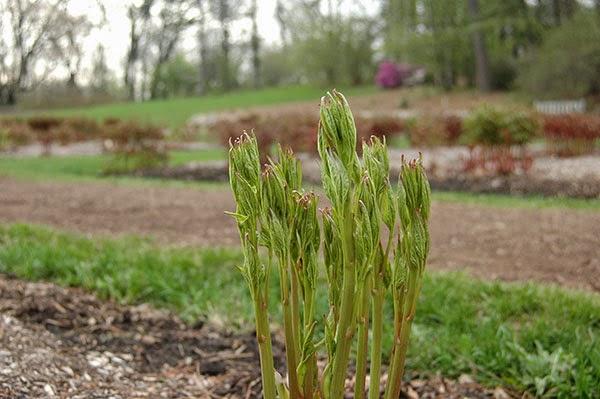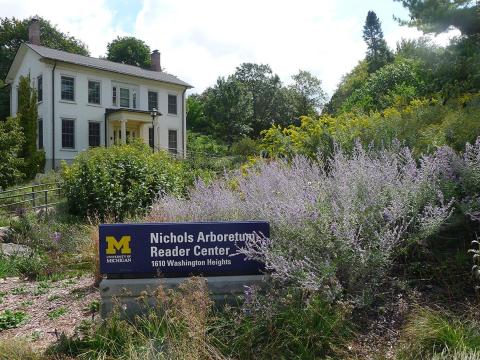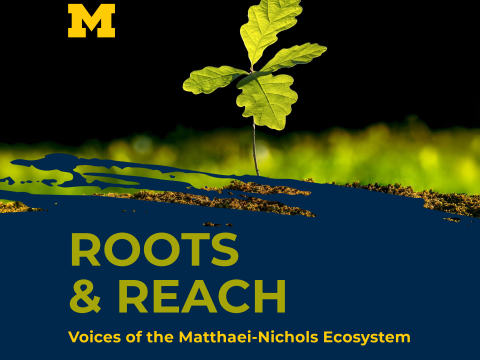
Plant viruses 101
Just like humans, plants have a range of viral relationships and diseases. Plant viruses are ultra-small (less than 200 millimicron) RNA or DNA-based entities and they usually can survive only in their plant host and specific vectors. Vectors spread viruses between plants – mostly it is insects (aphids, thrips, beetles) that feed on an infected plant and when they move to another plant, they carry the infection. Mites, microscopic soil nematodes and fungi can be vectors, too!
Viruses can infect plants of all taxonomic groups, both wild and cultivated. The viruses that are most-studied cause diseases in food crops. Some viruses that cause serious damage to plant health and vigor may, at times, circumstances and in other host plants, have no symptoms and no visual impact, but their genome can be detected.
Unlike mammals, plants do not possess immune systems that produce antibodies. Instead, practically speaking, every plant cell defends itself using an arsenal of molecular mechanisms. It is scientifically proven (and seen in the W.E. Upjohn Peony Garden) that different plant species or even cultivars of the same species can vary significantly on their effectiveness to fight viruses. This effectiveness is called ‘resistance’. Resistance is understood on the genetic level as the presence of the genes that give it this capacity. When an individual plant carries gene(s) of resistance to a specific virus, it causes a cascade of molecular reactions at the physiological level such that the plant can localize the virus infection and stop further spread of the virus particles.
Pathogenic viruses evolve to effectively employ the plant’s cellular machinery for its own replication – successful viruses evolve so that they do not totally destroy or kill their host plant, as that would terminate the virus, too. In the garden world, vegetatively propagated plants (rather than seed-propagated plants) as peonies and potatoes can accumulate viral ‘titers’ (concentrations) over generations and centuries. Since these plants are dispersed by divisions, unnoticed viruses can be spread this way. Extensive plant virus research exists and is continued for potatoes, where some viruses are especially deleterious. Some “generalist” viruses can invade multiple (even hundreds of) plant species, including one here that is on both potato and peony.
Which viruses affect peony plants?
Several viruses that infect peonies are reported in the literature, and the list is growing. This trend probably reflects that the molecular tools to identify viruses are increasingly powerful, allowing detection of viruses that are mostly symptomless to the human eye, not that peonies are suddenly vulnerable. Among the most commonly reported viruses for herbaceous peonies (* means recently detected in the USA) are Tobacco Rattle Virus (TRV, Tobravirus, Virgaviridae) and Cycas Necrotic Stunt VIrus* (CNSV, Nepovirus, Secoviridae). Both are molecularly confirmed here.
Other viruses reported on herbaceous peonies include:
Alfalfa mosaic virus
Amazon lily mild mottle virus*
Citrus leaf blotch virus *
Gentian Kobu-sho-associated virus* (confirmed here)
Lychnis mottle virus* (confirmed here)
Raspberry ringspot virus
Strawberry latent ringspot viruses
Multiple viruses can simultaneously co-infect the same plant. It is proposed that particular infection mixes could cause the examples of stunted peony plants and reduced (even no) blooming seen in some specimens. Moving forward, the W.E Upjohn Peony Garden’s collection is an important contemporary research collection for this emerging research of viral epidemiology.
How are these viruses treated – and how NOT to have viruses in my peony plants?
There is currently no one antiviral treatment for peony plants. In other crops, stock can be regrown in tissue culture, and the viruses removed through a range of treatments. Herbaceous peonies are notoriously resistant to tissue culture (and thus the viral cleansing), but work with researchers at our Sister Garden, the Central Botanical Gardens – Minsk – of the National Academy of Sciences of Belarus, has shown great promise. Once protocols are developed, it is our intent to tissue-culture our rare peonies that have viruses, cleanse them this way, and distribute them to other gardens and agencies where they are desired (but currently unavailable – in too many cases our plants are the only known representatives left.)
For your own garden, you can minimize viral introduction and spread by several actions.
When buying new peony plants to your garden select and plant only virus free plants (in the future as the protocols are developed – virus-tested and confirmed to be free of all known viruses.)
Inspect your plants for visual symptoms. Familiarize yourself using some of the online resources in our web page (https://peony.mbgna.umich.edu/) and that of the American Peony Society (https://americanpeonysociety.org/) and the Canadian Peony Society (https://peony.ca/)
Remove and destroy infected plants.
Disinfect / sanitize your garden tools frequently. There are several web resources for this.
Some recent research involving the W.E.Upjohn Peony Garden’s specimens
2022
Shaffer, C. M., Michener, D., Vlasava, N. B., Chotkowksi, H., and Tzanetakis I. E., 2022. Population genetics of cycas necrotic stunt virus and the development of multiplex RT-PCR diagnostics. Virus Research, 309, pp. https://doi.org/10.1016/j.virusres.2021.198655
2021
Shaffer, C. M., Michener, D., Vlasava, N. B., Botermans, M., Starre, J. and Tzanetakis I. E., 2021. First report of Gentian Kobu-sho-associated virus infecting peony in the United States and the Netherlands. Plant Disease
Shaffer, C. M., Michener, D., Vlasava, N. B., Chotkowksi, H., Lamour, K., Stainton, D. and Tzanetakis I. E., 2021. The population structure of the secovirid lychnis mottle virus based on the RNA2 coding sequences. Virus Research, 303 https://doi.org/10.1016/j.virusres.2021.198468
2020
Michener, D. C. and Vlasava, N. B. Conserving beauty as science. In: Michener, D. C., Grese, R. E. [Eds.], 2020 Passion for Peonies: Celebrating the Culture and Conservation of Nichols Arboretum’s Beloved Flower. University of Michigan Press, pp 83-94..
2019 – 2014
Amann N., Cortés-Ortiz L., Michener D., Vlasava N. Chloroplast Diversity in Reference Collections of Herbaceous Peony, 2018. Conference: UROP Symposium, University of Michigan, 18 April, 2018. Ann Arbor, Michigan, USA. DOI: 10.13140/RG.2.2.23275.69921
Michener D. C., Vlasava N. B., 2015 Developing an international model for Paeonia lactiflora Pall. (Paeoniaceae) genetic resources conservation: integrating assessment of relative significance of historic cultivars for field genebanks with their genetic diversity// III International scientific-practical conference «Problems of biodiversity conservation and use of biological resources» 7–9 October 2015, Minsk, Belarus. — pp. 438–442.
Shaffer, C. M., Michener, D., Vlasava, N. B., and Tzanetakis I. E., 2018 “Perennial ornamental enables virus spread across the United States.” Phytopathology, 108 (12) pp. 8-9\
Vlasava N. B., Michener D. C., Yukhimuk A. N., Gaishun V. V., Bryant R., Agabalaeva E. D., Spiridovich E. V., 2014. Genetic differentiation of historic cultivars of herbacious Paeonia based on SRAP markers: documentation and conservation of botanic collections. Works of the State Nikitski Botanical Garden, 139, pp. 187-199.
David has been at the MBGNA since 1990. He is the Midwest Co-Lead in the Center for Braiding Indigenous Knowledges and Science as well as Mentor Faculty in the University of Michigan's Public Engagement Faculty Fellowship. He is on the Board of Directors of the American Peony Society, and helps maintain ties with our sister garden - the Central Botanical Garden - Minsk - National Academy of Sciences of Belarus.



